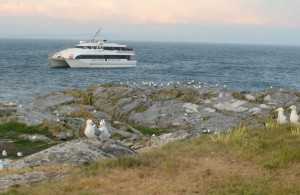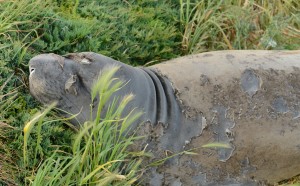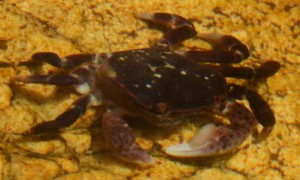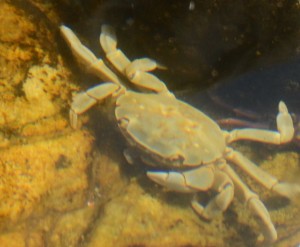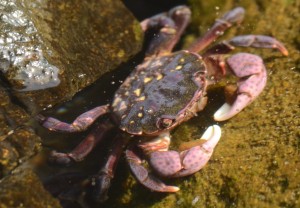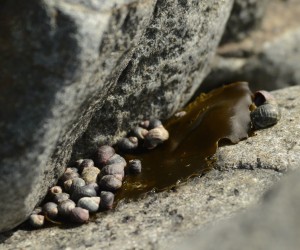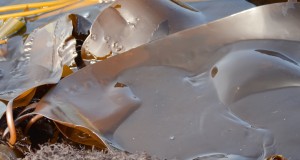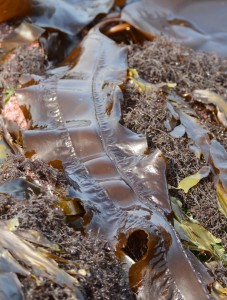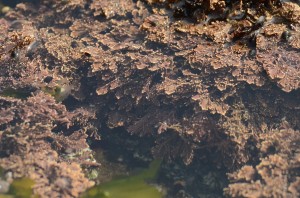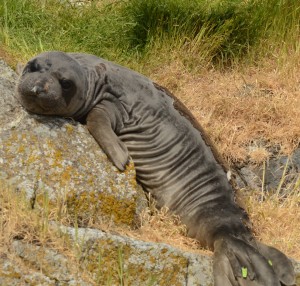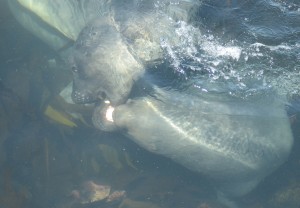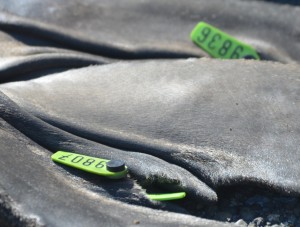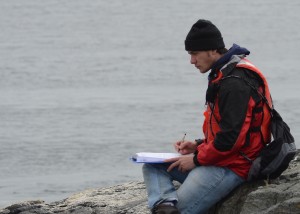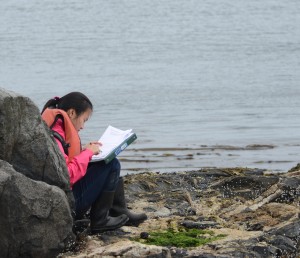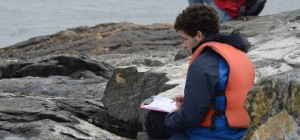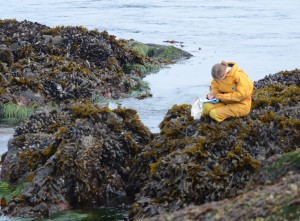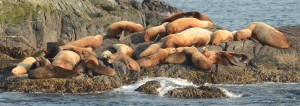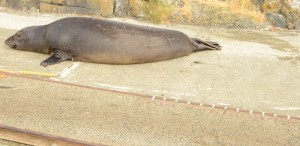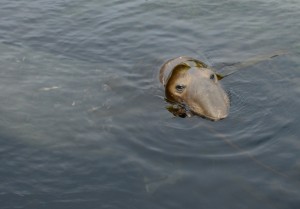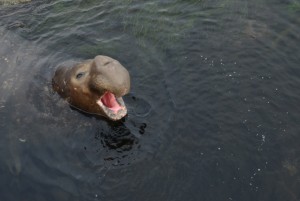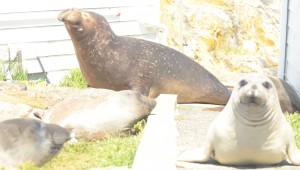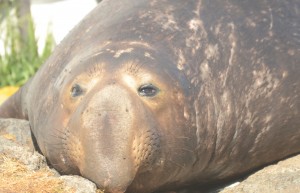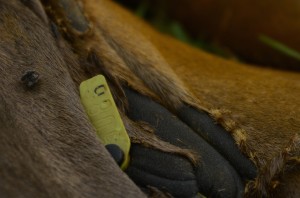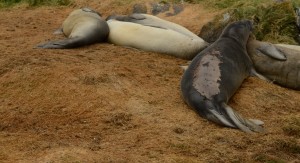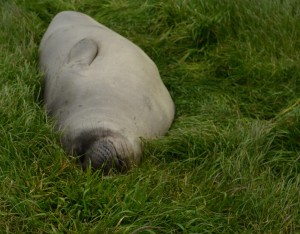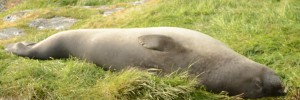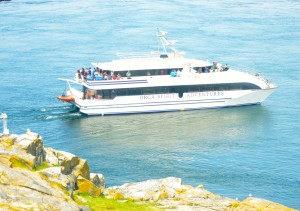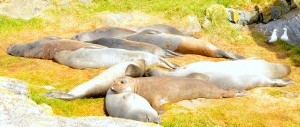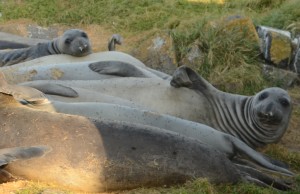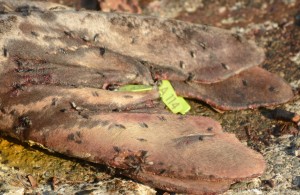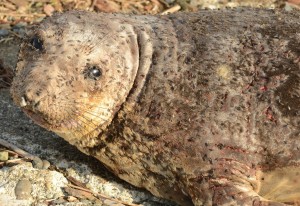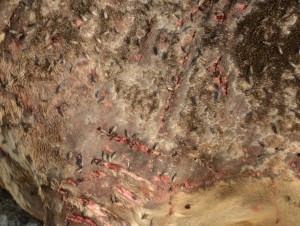The west-southwest wind continued unabated, varying only in speed, which ranged from 15 to 35 knots and favoured the high end. Race Rocks was shrouded in thick fog until late afternoon and when it cleared, the fog retreated past Beechey Head, west towards Sooke. The air temperature hovered at 10oC after it cleared; just a fraction of a degree above sea surface temperature and 12 oC colder than Pedder Bay. The barometer was fairly steady at ~ 1008-1009 dropping towards the end of the day to 1007 hPa. A strong wind warning remains in effect and the forecast calls for a 30% chance of showers tomorrow.
Nine whale watching boats were observed working in the Ecological Reserve today. We could hear them well before we could see them due to the fog. After the fog lifted several more vessels arrived.
Military blasting mid-day was large and shook the houses knocking things off of shelves in the science house. The Northern Elephant Seals did not even open their eyes or roll over while the Steller’s and California Sealions put their heads-up and a few of the larger individuals went into the water. The loud noises did not seem to ‘phase’ the other animals.
The ecological happenings include synchronized nuptial flights and dives by Pigeon Guillemots, mating and nest building by the gulls, Pigeon Guillemots and Black Oystercatchers. The Canada Goose goslings are putting on an incredible growth spurt, not surprising, I suppose as they eat all day. In the opposite extreme the Northern Elephant Seals are losing mass and girth as their moult continues and some of the smaller ones especially, are starting to look like they need to eat. Fourteen elephant seals graced the garden today. Tagged female #5086 is six days into her moult and is still less than one third moulted.
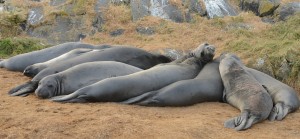
Most of these young animals, with the exception of the second from left, are almost finished their moults. Occasionally they wake up rearranged themselves do a bit of jousting and then go back to sleep.
Thursday is usually census day but the fog was too thick to do the counts at the optimal times, so it is postponed until tomorrow.
Don came back to the island with me yesterday evening to help out and have a visit. This afternoon Courtney brought Guy & Christine out in Second Nature to finish training on the generator and desalinator. Emil, a PC student, his brother and parents came along as well for a bit of an island tour and had a chance to observe the Northern Elephant Seals.
Chores were of the mundane and routine variety.
